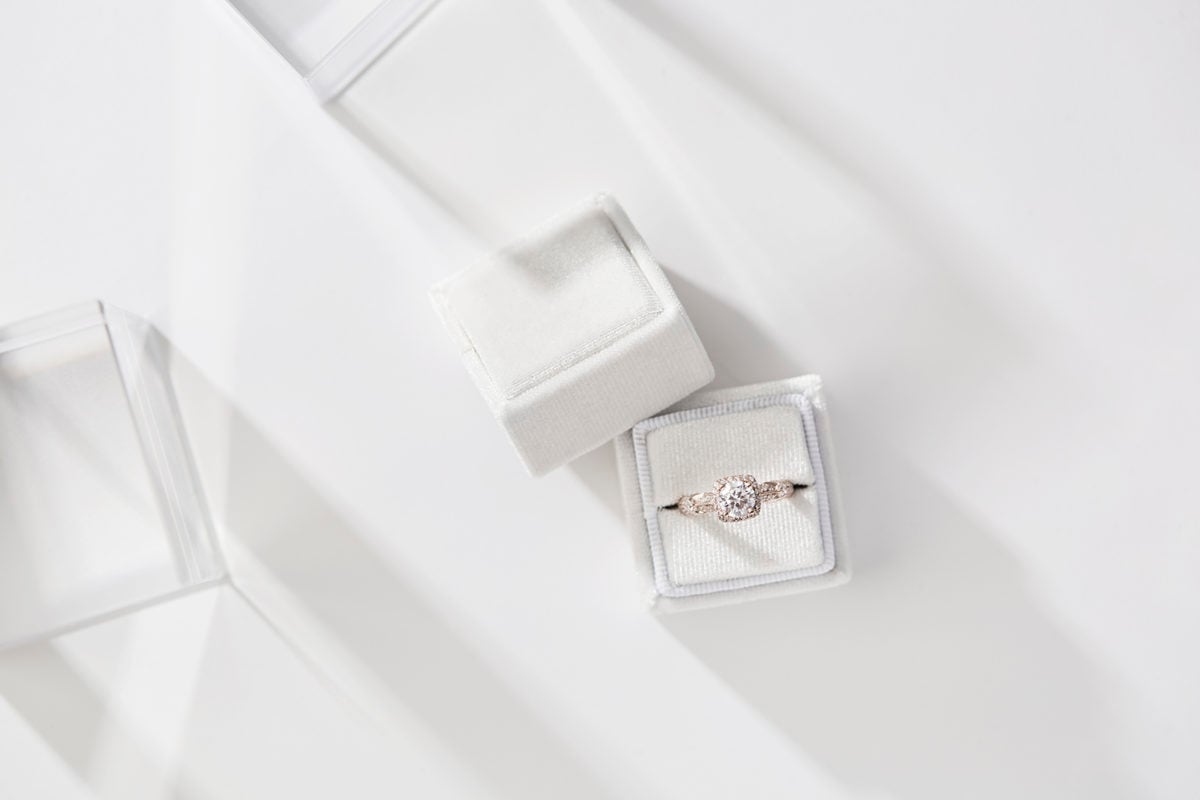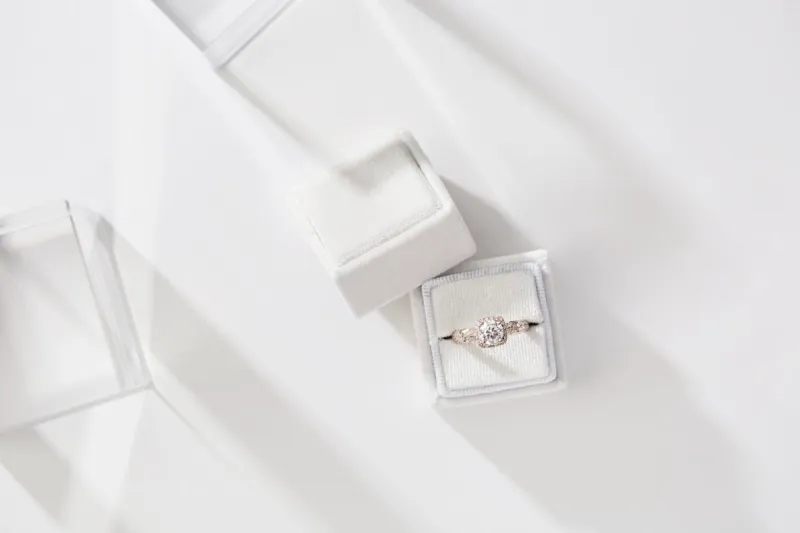Although the idea of marriage or an engagement might not yet be crossing the mind of a college student, the diamond industry will have changed quite a bit by the time it does. You see, just in the last year, the popularity and sales of lab-created diamonds have exploded, leaving the big mined diamond companies scrambling to figure out their next move. A few of them have joined the ranks, while others are sticking to their guns and trying their best to sway consumers away from this new mined diamond alternative. So what is it about these diamonds that makes them so special? And how exactly did they come to be?
What is the history behind lab-created diamonds?
Although the production of gem-quality lab grown diamonds just took off in the past few years, their predecessors have actually been around for quite some time. Taking into consideration the fact that diamonds are the hardest mineral on earth, their use in the industrial world is where they got their start. It was around 1954 when GE announcedthat they had created their first batch of industrial lab grown diamonds. These stones were used for a variety of applications, such as cutting or grinding hard to handle materials.
It wasn’t until almost 40 years later when gem quality lab-created diamonds became commercially available. And still then, the quality was not yet to the place it needed to be in terms of the 4 C’s.
By 2017, the quality of the gems had improved so much that they are now visually identical to mined diamonds and are even graded in the same labs using the same qualifications (cut, color, clarity, and carat).
How are lab-created diamonds made?
There are actually two ways that lab-created diamonds can be made. Both versions have their own way of replicating the same environment that takes place deep within the earth to create mined diamonds.
Version 1: High Pressure-High Temperature (HPHT)
To grow a HPHT diamond, a ‘diamond seed’ is placed in carbon and heated to about 1500 degrees Celsius. At the same time, it’s pressurized to about 1.5 million pounds per square inch. The carbon in which it was placed then cools and a pure (unpolished) carbon diamond is exposed.
Version 2: Chemical Vapor Deposition (CVD)
Similar to HPHT, CVD lab-created diamonds begin with a small slice of a diamond seed. This is often a HPHT diamond. It is placed into a high heat chamber (around 800 degrees Celsius) which is then filled with carbon rich-gas. The gases are ionized which breaks the molecular bonds in the gases — the pure carbon then adheres to the diamond seed and slowly crystallizes.
What makes lab-created diamonds so appealing?
Buying habits are changing. And consumers nowadays care more about where their products come from than what brand they’re buying from. The demand for greener, more sustainable, and more ethical products is at an all time high and it’s no different for diamond jewelry. Millennials are not only getting married later, but they’re seeking out mined diamond alternatives that leave a lower mark on our earth than the open mines that result from “natural” diamonds.

In addition to their ethical origin, lab-created diamonds are also 20-40% less than mined diamonds in terms of price. This is seen as a huge advantage to the next generations, as spending a large lump sum on one piece of jewelry rather than a trip or experience, is becoming less and less appealing. Being able to pocket some extra savings could be the deciding factor in going with a man made diamond for many couples.
No matter where you’re at in life, one thing is for certain: technology will always advance. And, as more and more brands are forced to change their products and services to fit the wants and needs of Millennials and Gen Zers alike, the green industry will continuously grow. And by the time current college students are ready to pop that big question, the lab-created diamond industry is bound to be even bigger and better than it is now.
Note: This article is sponsored by one of our advertisers. The Daily’s news and opinion teams were not involved in the production of this article in any capacity.
